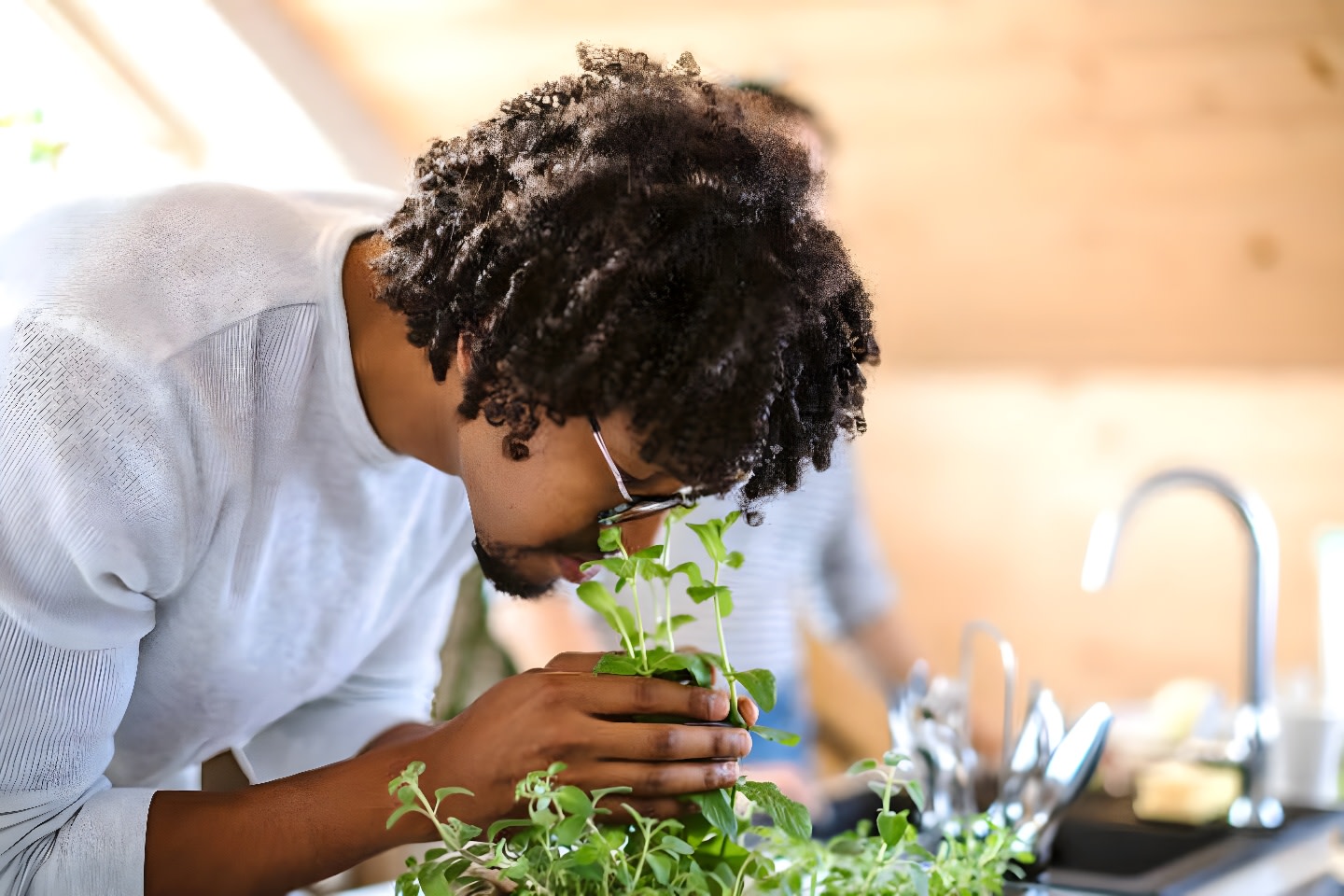
How to Start and Thrive with Your Indoor Herb Garden
Growing your own herbs indoors is a rewarding and practical hobby that can enhance your cooking, provide fresh herbs year-round, and even improve the air quality in your home. Whether you have a green thumb or are a complete beginner, starting an indoor herb garden is a fun and achievable project. In this article, we’ll guide you through the steps to get your indoor herb garden flourishing.
- Choose the Right Location
The first step in starting an indoor herb garden is selecting the right location. Herbs require plenty of light to thrive, so choose a spot that receives at least 6-8 hours of sunlight a day. South or southwest-facing windows are ideal, but if natural light is limited, you can use grow lights to supplement it.
- Select the Herbs
Consider what herbs you’d like to grow. Begin with a few basic herbs like basil, mint, parsley, and chives, as they are relatively easy to cultivate. Be sure to choose herbs that you frequently use in your cooking to make the most of your indoor garden.
- Pick the Right Containers
Select containers that have drainage holes to prevent overwatering. Herb pots, hanging planters, or window boxes are all excellent choices. Make sure the containers are the appropriate size for your selected herbs and that they match your home’s decor.
- Use Quality Potting Mix
Herbs require well-draining soil. Use a high-quality potting mix that provides good aeration and drainage. You can also add perlite or sand to improve the soil’s texture.
- Plant Your Herbs
Carefully transplant your herb seedlings or sow herb seeds in the prepared containers. Follow the specific planting instructions for each herb, as they may have different requirements regarding depth and spacing.
- Water Properly
Water your indoor herbs appropriately. Overwatering can lead to root rot, so it’s essential to let the soil dry out slightly between waterings. Always water the soil and avoid getting water on the leaves, as this can promote disease.
- Fertilize as Needed
Herbs generally don’t require heavy fertilization. A diluted, balanced liquid fertilizer applied every 4-6 weeks during the growing season should suffice. Be careful not to over-fertilize, as this can harm the plants.
- Pruning and Harvesting
Regularly prune your herbs to encourage bushier growth and prevent them from becoming leggy. When harvesting, use clean scissors or shears to snip off the leaves and stems. Harvest in the morning when the flavor is most potent.
- Pest and Disease Management
Keep an eye out for common indoor herb garden pests like aphids or spider mites. If you notice any issues, treat them promptly with organic pest control methods to avoid chemical contamination of your herbs.
- Enjoy the Bounty
One of the joys of having an indoor herb garden is the ability to enjoy fresh herbs year-round. Incorporate your homegrown herbs into your cooking, make herbal teas, or even share them with friends and neighbors.
Starting an indoor herb garden is a fulfilling and practical way to bring fresh flavors into your cooking and add a touch of greenery to your home. By selecting the right location, containers, and herbs, and following proper care and maintenance, you can successfully grow a variety of herbs indoors, elevating your culinary creations and brightening your living space. So, roll up your sleeves, and get ready to savor the delights of your very own indoor herb garden!






